20 Beaches In Mexico That Are No Longer Safe For Tourists — Plus 3 Essential Safety Tips You Need Right Now
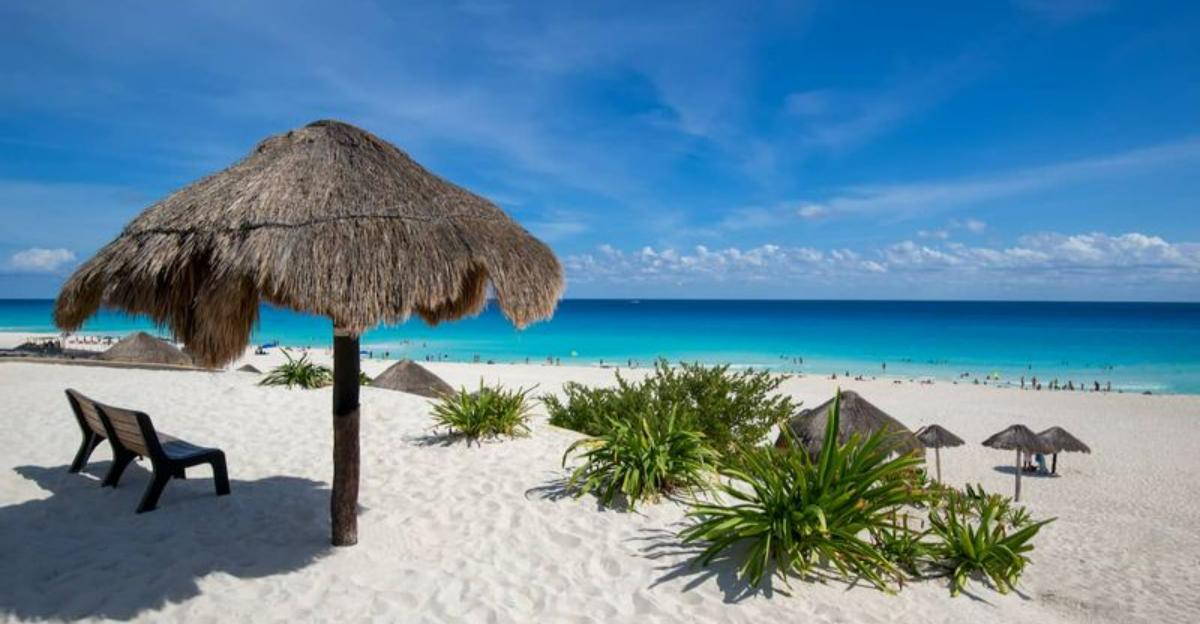
Mexico’s coastlines have long been a paradise for tourists seeking sun, sand, and crystal-clear waters. But recent years have seen rising safety concerns at some of the country’s most popular beach destinations.
From increased crime rates to environmental hazards, several once-idyllic spots now require extra caution or are best avoided altogether. Here’s what you need to know before planning your next Mexican beach getaway.
1. Playa del Carmen’s Northern Stretch
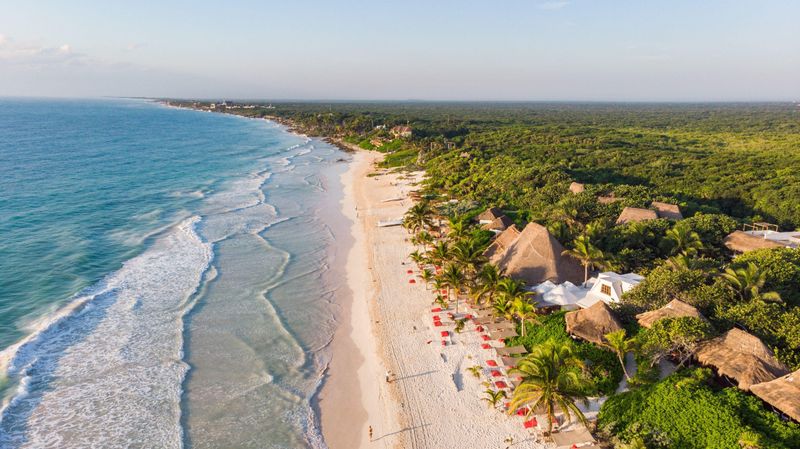
The northern areas of this once-peaceful beach town have become hotspots for drug-related violence. Walking these shores after dark has become increasingly dangerous, with reports of tourists being robbed or assaulted on the less populated stretches.
Local police presence has diminished in recent years, making this area particularly vulnerable. Many resorts now advise guests against venturing north of the main tourist zone.
If you’re visiting Playa del Carmen, stick to the central beach areas near Fifth Avenue where security cameras and tourist police maintain a visible presence throughout the day and night.
2. Acapulco’s Main Bay
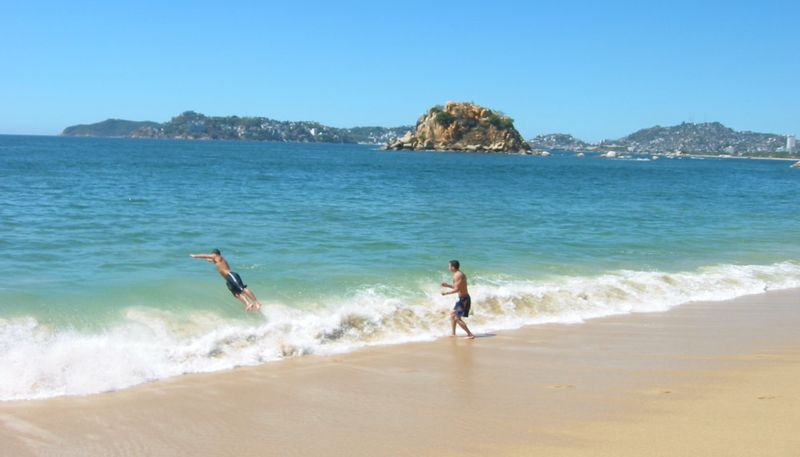
Once the crown jewel of Mexican tourism, Acapulco’s main bay has fallen from grace dramatically. Gang violence has spilled onto the beaches, with several shootings occurring in broad daylight over the past few years.
Many international governments now explicitly warn against travel to this area. Hotel occupancy has plummeted as the security situation deteriorates further each year.
The sad reality is that this former playground for Hollywood stars has become one of Mexico’s most dangerous cities. Even resort areas cannot guarantee safety as territorial disputes between rival gangs continue to escalate.
3. Puerto Peñasco’s Far Eastern Beaches
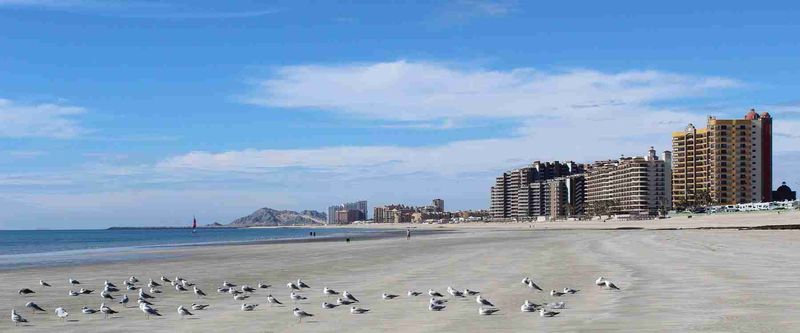
The remote eastern shores of Puerto Peñasco (Rocky Point) have become increasingly problematic for visitors. Isolated from the main tourist infrastructure, these beaches lack proper security oversight and emergency services.
Several tourists have reported aggressive encounters with individuals claiming to be “security” but actually attempting extortion. The distance from help makes these situations particularly frightening.
While the central beaches of Rocky Point remain relatively safe, venturing east beyond Sandy Beach puts you in territory where police rarely patrol. Cartel activity in the region has increased, making these isolated stretches particularly risky for foreign visitors.
4. Zihuatanejo’s Outlying Coves
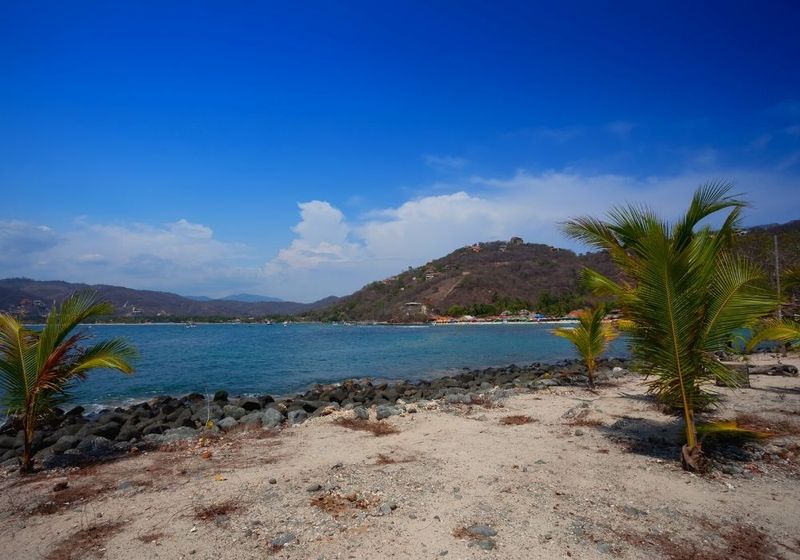
The hidden coves surrounding Zihuatanejo might look postcard-perfect, but they’ve become favored spots for criminal activity. Their isolated nature makes them ideal for drug trafficking operations and places tourists who wander there at serious risk.
Local fishermen often warn visitors against exploring these areas, especially the beaches north of Playa La Ropa. These warnings should be taken seriously—several robberies and violent incidents have been reported in these secluded spots.
Stick to the main beaches like Playa La Ropa and Playa El Palmar where other tourists and vendors create a safer environment. The further you venture from these populated areas, the greater the danger becomes.
5. Tampico’s Beach Front
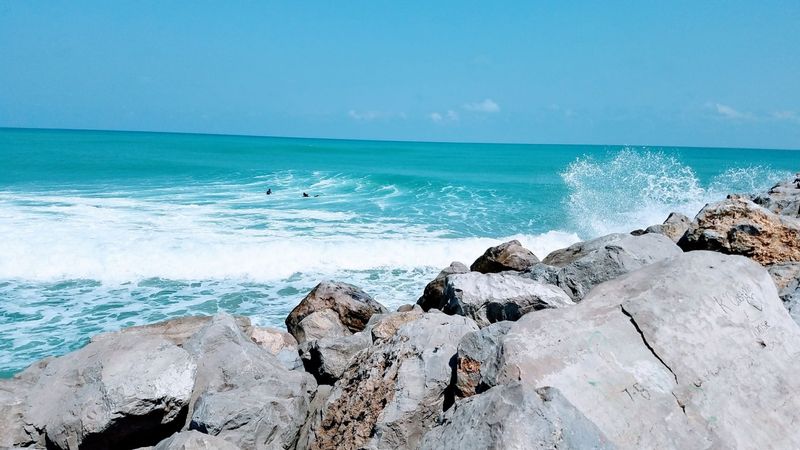
Tampico’s beaches have suffered greatly from both security issues and environmental degradation. The combination of industrial pollution and cartel activity has rendered these once-beautiful shores unsafe on multiple levels.
Heavy metal contamination from nearby industries has made swimming hazardous to your health. Reports indicate dangerous levels of lead and mercury in the waters.
Beyond environmental concerns, the Tamaulipas region continues to experience high levels of violence related to organized crime. Most foreign governments advise against all travel to this area, classifying it among the most dangerous regions in Mexico for tourists.
6. Mazatlán’s Northern Beaches
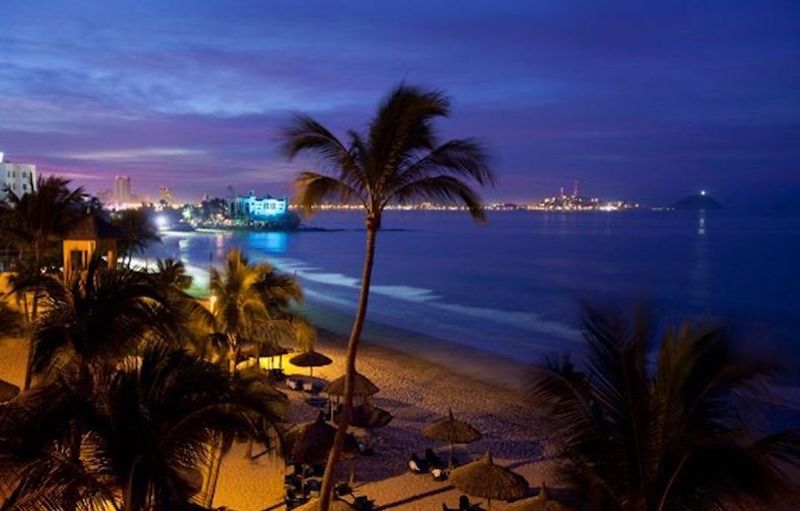
The beaches north of the Golden Zone in Mazatlán have experienced a troubling increase in crime. These areas lack the security measures found in the main tourist district and have become known for robberies and assaults, particularly after sunset.
Local authorities acknowledge these problems but have insufficient resources to patrol effectively. This security vacuum has emboldened criminal elements to target tourists who venture beyond the safer zones.
For your safety, limit beach activities to the Golden Zone and Olas Altas areas where tourist police maintain a consistent presence. The northern stretches may look temptingly uncrowded, but this isolation is precisely what makes them dangerous.
7. Cancún’s Beaches After Dark
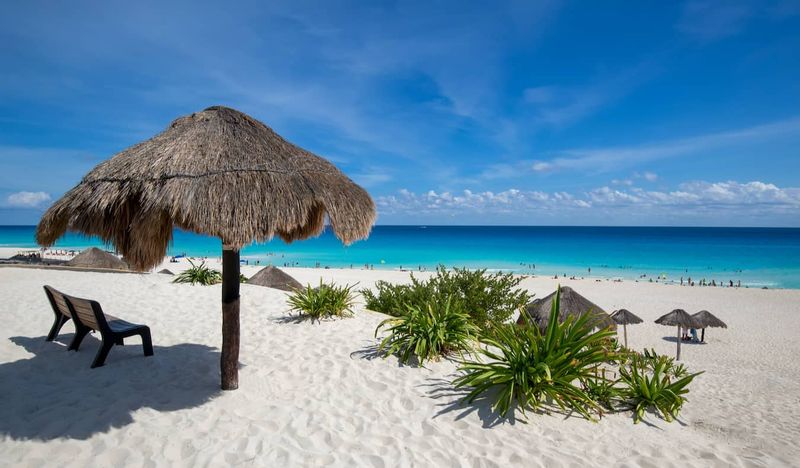
Nighttime on Cancún’s beaches has become increasingly dangerous in recent years. After sunset, even the most popular stretches transform from carefree paradises into high-risk areas where tourists have been targeted for theft and assault.
Hotel security typically ends at property boundaries, leaving public beach areas largely unprotected after dark. Drug dealers have become more aggressive in approaching tourists, creating uncomfortable and potentially dangerous situations.
If you’re staying in Cancún, enjoy the beaches during daylight hours when they’re patrolled and populated. For evening activities, stick to well-lit restaurant zones and hotel areas where security personnel are present and actively monitoring for threats.
8. Rosarito’s Southern Stretches
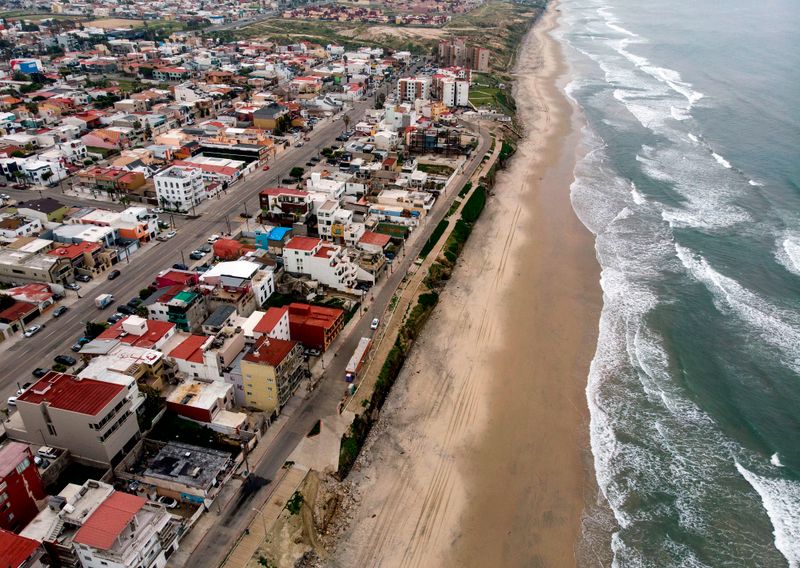
The southern portions of Rosarito Beach have seen a sharp decline in safety conditions. Once popular with day-trippers from San Diego, these areas now experience frequent criminal activity including vehicle theft and armed robberies.
Cartel conflicts have occasionally spilled into public areas, with several violent incidents occurring within the past few years. Law enforcement response in these southern zones is notoriously slow.
If you’re determined to visit Rosarito, stay in the central tourist zone near the Rosarito Beach Hotel where security is taken seriously. The popular northern stretches remain relatively safe during daylight hours, but the southern beaches should be avoided entirely.
9. Manzanillo’s Industrial Port Beaches
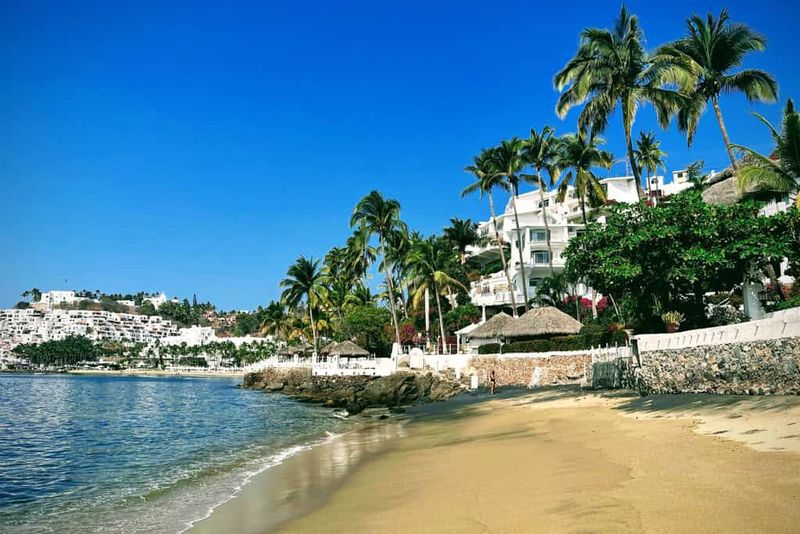
The beaches near Manzanillo’s industrial port have become hazardous due to severe water pollution and increasing crime. Chemical runoff from port activities has contaminated these waters, causing skin irritations and more serious health issues for swimmers.
Security concerns compound these environmental hazards. The industrial areas attract criminal elements, making beaches in this zone dangerous for tourists unfamiliar with local dynamics.
For a safer Manzanillo experience, head to the beaches in the Santiago Bay area or La Audiencia, which remain relatively clean and secure. The stark contrast between these tourist-friendly zones and the industrial beaches highlights how location-specific safety issues can be in Mexican coastal towns.
10. Tijuana’s Playas de Tijuana
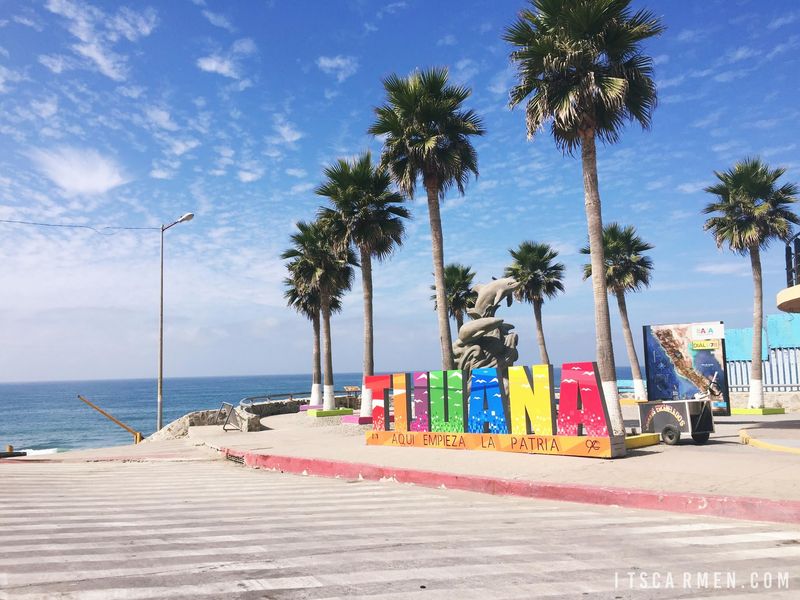
The once-popular Playas de Tijuana has fallen victim to the city’s broader security challenges. Rising violence related to drug trafficking has made this beach area increasingly dangerous, especially after dark.
Tourists have reported being approached by individuals demanding money or valuables, with implicit threats of violence. The proximity to the U.S. border has made this area a hotspot for illegal activities.
If you’re visiting Tijuana, consider safer alternatives for beach time, such as heading to Rosarito’s central beaches or the more secure areas of Ensenada. The risks at Playas de Tijuana simply outweigh the benefits for most travelers seeking a relaxing coastal experience.
11. Puerto Vallarta’s Southern Coves
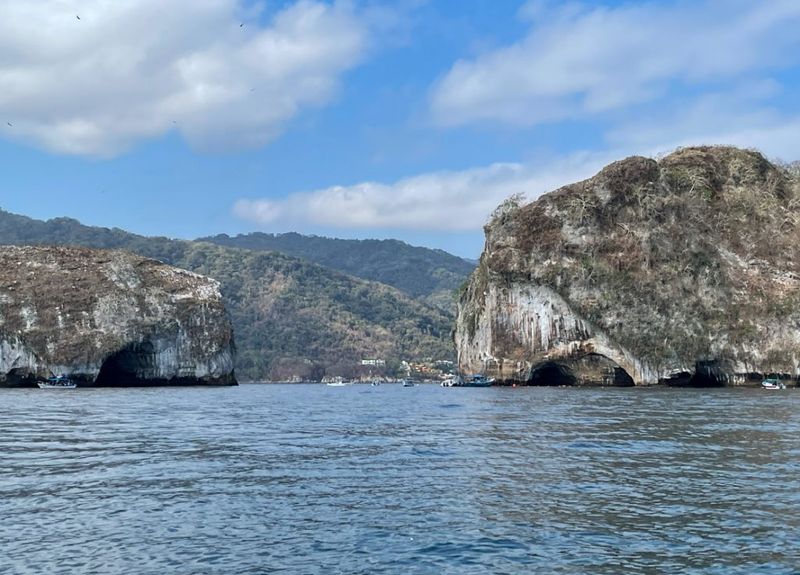
The isolated coves south of Puerto Vallarta’s main beaches have become increasingly risky for tourists. These picturesque spots lack proper police presence and have seen a rise in robbery and assault cases targeting visitors.
Many incidents go unreported as victims fear getting involved with local authorities. These secluded beaches are often accessible only by narrow trails, making quick escapes impossible if trouble arises.
While Puerto Vallarta’s main beaches remain relatively safe, venturing south past Conchas Chinas puts you in territory where security cannot be guaranteed. The breathtaking views simply aren’t worth the potential danger that comes with exploring these remote coastal stretches.
12. Ensenada’s Eastern Shoreline
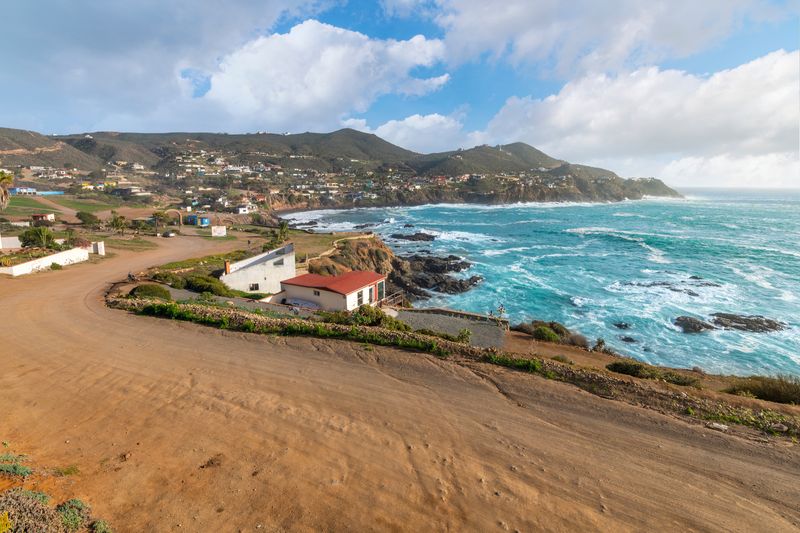
The eastern shores of Ensenada have developed a troubling reputation for tourist-targeted crime. These less-developed beach areas lack the security infrastructure of the main tourist zones and have become known for vehicle break-ins and robberies.
Criminal groups monitor these areas for vulnerable tourists, particularly those traveling alone or in small groups. Several violent incidents have occurred when victims resisted robbery attempts.
For a safer Ensenada experience, stick to the popular central beaches where tourism police maintain regular patrols. The eastern shoreline might offer more solitude, but this isolation creates precisely the conditions that opportunistic criminals seek when targeting visitors.
13. Veracruz’s Northern Beaches
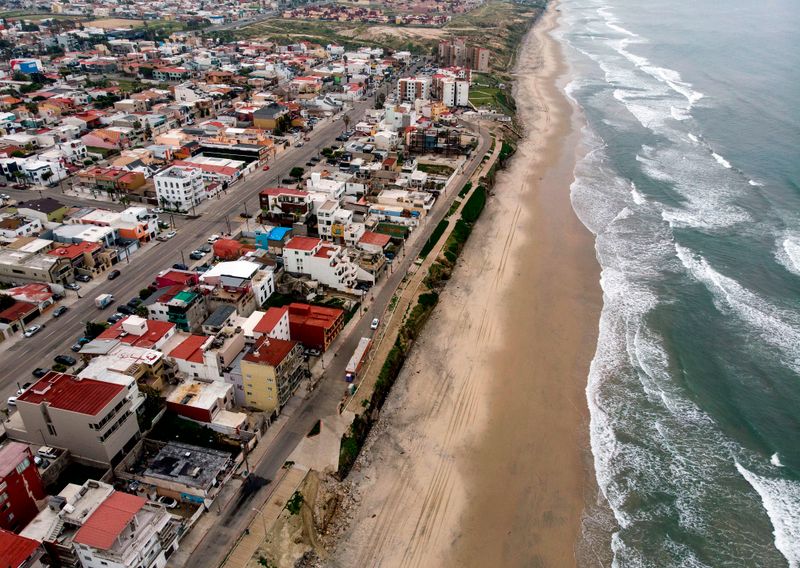
The northern beaches of Veracruz have become increasingly dangerous due to both environmental and security concerns. Pollution from the port and industrial facilities has made water quality questionable at best and hazardous at worst.
Beyond environmental issues, criminal activity has increased dramatically in recent years. Tourists have reported armed robberies and vehicle thefts, particularly in more isolated areas.
If you’re visiting Veracruz, focus your beach time on the central Villa del Mar beach where police presence is stronger. The northern stretches might look less crowded and more appealing, but they pose significant risks that most travelers would be wise to avoid.
14. Los Cabos’ East Cape Beaches
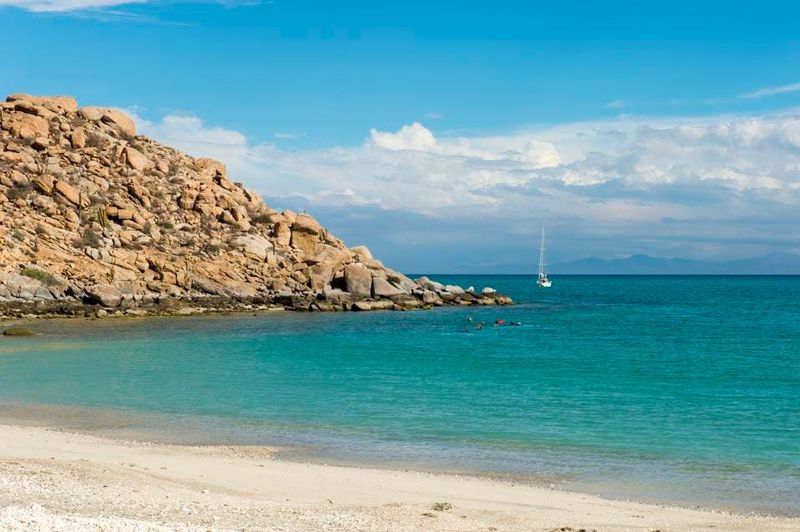
The remote East Cape beaches of Los Cabos have experienced a troubling rise in crime against tourists. These isolated stretches lack the security infrastructure of the main resort areas, making them vulnerable to criminal activity.
Visitors driving to these beaches have reported being followed and subsequently robbed. The limited cell phone coverage in these areas compounds the danger, as calling for help becomes nearly impossible.
While Los Cabos generally maintains a better safety record than many Mexican beach destinations, these eastern beaches are the exception. Stick to the protected resort beaches in Cabo San Lucas and San José del Cabo where security personnel actively monitor for potential threats.
15. Progreso’s Industrial Harbor Area
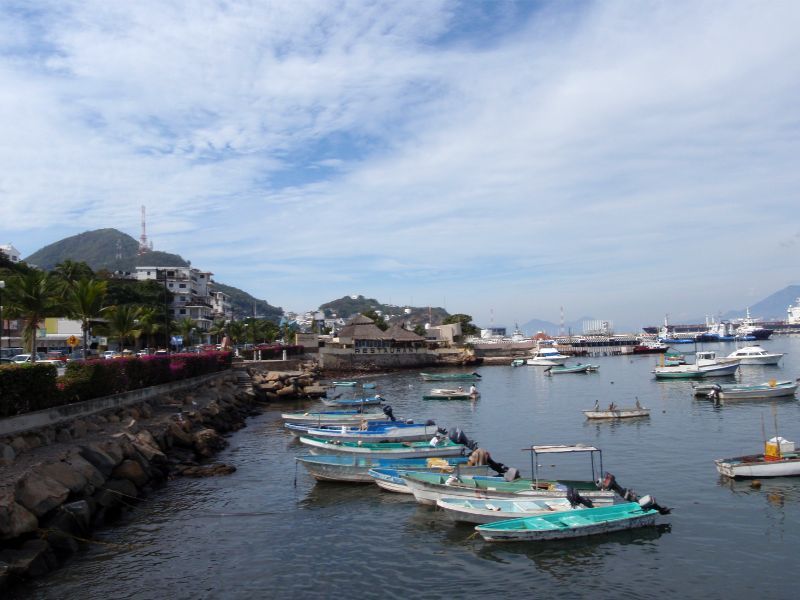
The beaches near Progreso’s massive industrial pier have deteriorated significantly in terms of both water quality and safety. Chemical runoff from shipping activities has contaminated these waters, making swimming a health hazard.
Security issues have emerged alongside environmental concerns. Criminal groups have targeted tourists in these less-monitored areas, particularly after dark when police presence is minimal.
For visitors to Progreso, the central beach areas near the traditional pier remain relatively safe and clean. However, as you move toward the industrial port, both environmental and security risks increase dramatically. The stark contrast serves as a reminder that even within the same town, safety conditions can vary widely.
16. Ixtapa’s Outlying Beaches
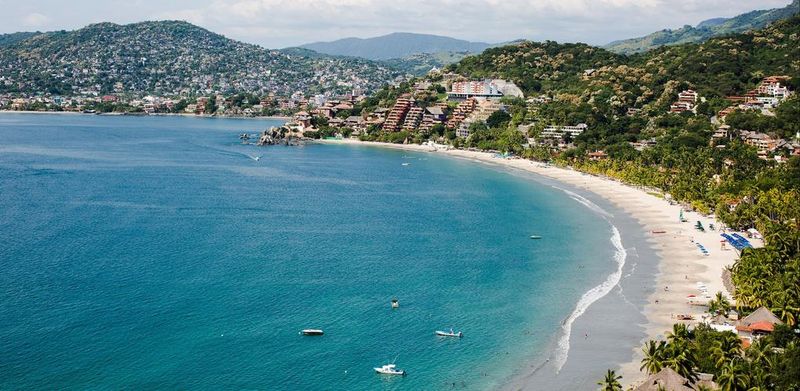
The remote beaches surrounding Ixtapa have become increasingly dangerous for tourists venturing beyond the main resort areas. These isolated stretches lack regular police patrols and have seen a troubling rise in robberies and assaults.
Criminal groups specifically target tourists who appear lost or vulnerable. Several incidents have involved armed perpetrators approaching visitors on seemingly deserted beaches.
While Ixtapa’s main Playa El Palmar remains well-protected and generally safe, the outlying beaches present significant risks. The pristine appearance of these less-developed areas can be deceptive—their beauty masks very real dangers for uninformed travelers who wander too far from secured zones.
17. Huatulco’s Distant Bays
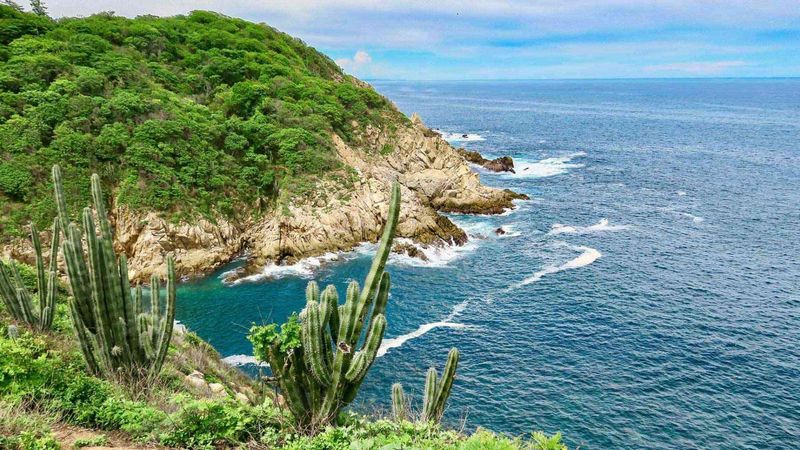
Some of Huatulco’s more remote bays have developed security issues despite the area’s generally good safety record. These distant beaches lack consistent police presence and have experienced isolated incidents of crime against tourists.
The journey to these outlying bays often involves traveling through areas with limited emergency services. If problems arise, help can be hours away.
While Huatulco’s main tourist bays (Tangolunda, Santa Cruz, and Chahué) remain relatively safe, the more distant bays like Conejos and Cacaluta present higher risks, especially for independent travelers. The development gap between these areas creates security vulnerabilities that opportunistic criminals have begun to exploit.
18. Puerto Escondido’s Northern Beaches
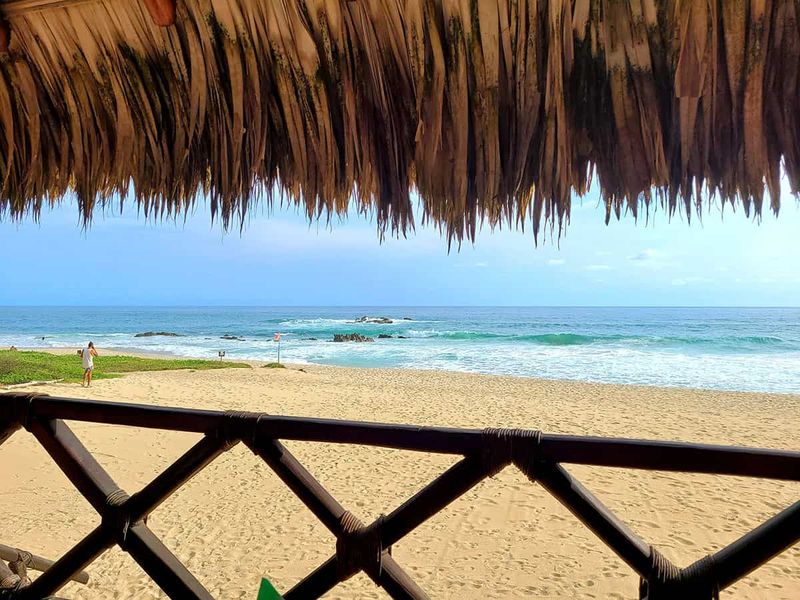
The northern beaches of Puerto Escondido have seen a troubling increase in tourist-targeted crime. These less-developed areas lack the security measures found in the popular Zicatela Beach zone and have become known for theft and harassment issues.
Travelers have reported robberies while walking these beaches, particularly in early morning or evening hours. The isolated nature of these stretches makes it difficult to call for help if trouble arises.
For a safer Puerto Escondido experience, stick to the main beaches like Zicatela and Playa Carrizalillo where other tourists and vendors create a natural security environment. The northern beaches may offer more solitude, but this isolation creates precisely the vulnerability that opportunistic criminals seek.
19. Sayulita’s Southern Point
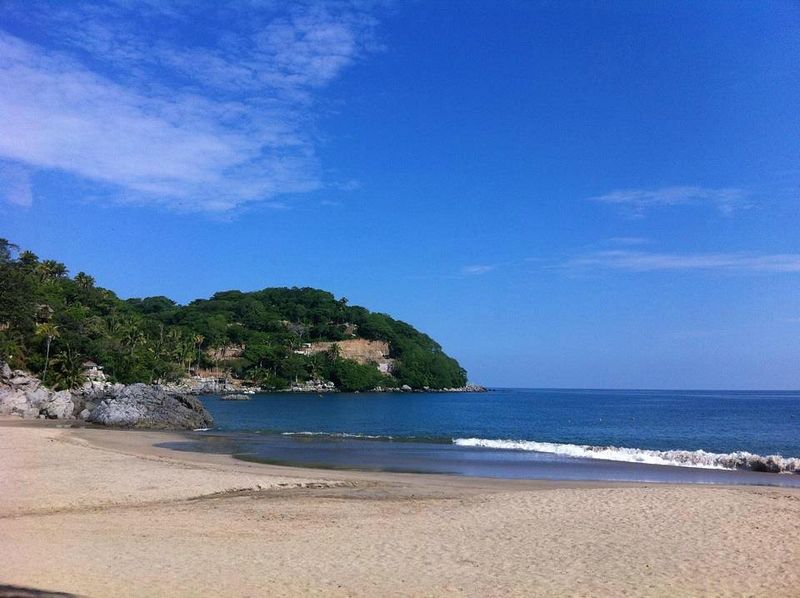
The southern point of Sayulita’s beach has developed a reputation for both environmental and security hazards. Water quality in this area has deteriorated dramatically due to inadequate sewage treatment, leading to frequent contamination warnings.
Beyond health concerns, this isolated stretch has seen increasing reports of theft and harassment. The area’s distance from the main beach means less oversight from local authorities and fewer witnesses if incidents occur.
While Sayulita’s main beach area remains relatively safe despite its water quality issues, the southern point combines pollution risks with security concerns. The picturesque rock formations may look inviting for photos, but venturing there puts both your health and personal safety at risk.
20. Mahahual’s Undeveloped Southern Shore
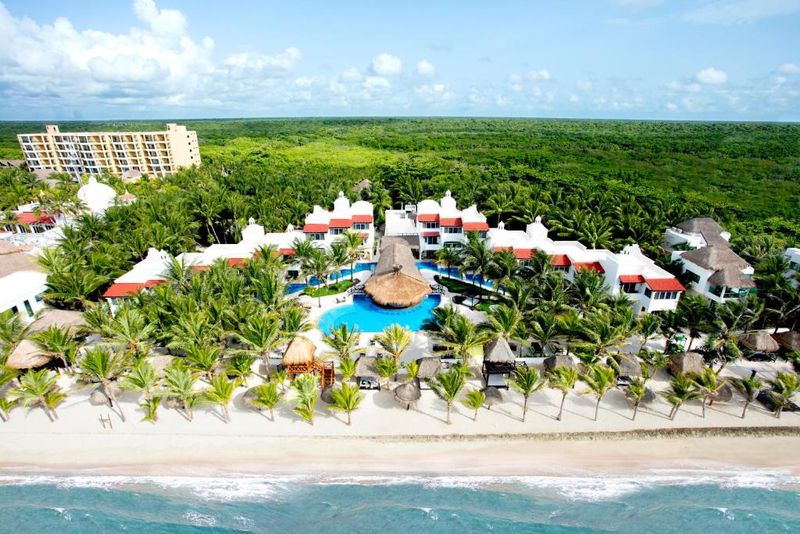
The undeveloped southern shores of Mahahual have experienced a troubling rise in crime as this once-sleepy cruise port grows. These isolated beaches lack proper security oversight and have become targets for opportunistic criminals.
Tourists walking these remote stretches have reported robberies and intimidation. The distance from the cruise ship pier and main town means help is far away if problems arise.
For visitors to Mahahual, staying within the developed areas near the cruise ship facilities provides a much safer experience. The southern beaches may offer pristine natural beauty, but venturing there without local guidance puts you at unnecessary risk in an area where security infrastructure hasn’t kept pace with tourism growth.
21. Tip 1: Register with Your Embassy
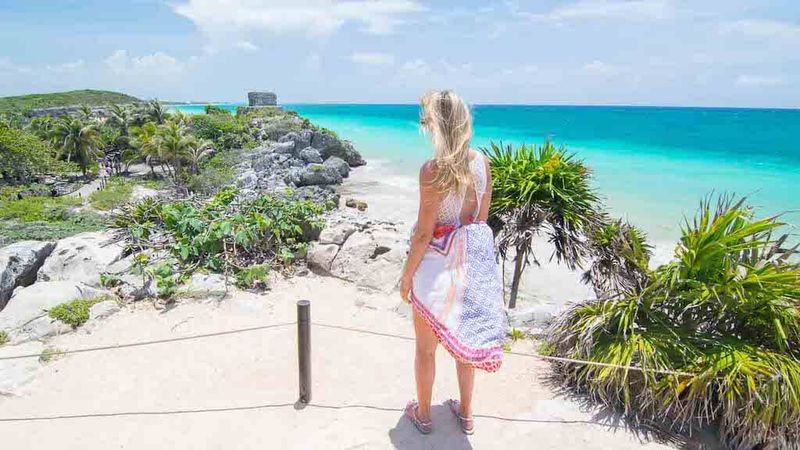
Before traveling to Mexican beaches, I always register my trip with my country’s embassy through their online system. This simple step ensures officials know your whereabouts if problems arise in your destination area.
The registration process typically takes just minutes but provides a crucial safety net. Many embassies offer alert services that will notify you of emerging security situations in your area.
During a trip to Cabo last year, I received an alert about a tropical storm threatening the area, giving me time to adjust plans. This free service has repeatedly proven its value for travelers to regions with variable safety conditions.
22. Tip 2: Invest in a Doorstop Alarm

A small doorstop alarm has become my must-pack security item for Mexican beach destinations. This inexpensive device wedges under your hotel door and emits a piercing alarm if anyone attempts to enter.
Even in upscale resorts, door security can be surprisingly inadequate. The psychological comfort of this simple device helps me sleep soundly, knowing I’ll be alerted to any intrusion attempts.
During a stay in Puerto Vallarta, my alarm activated when hotel maintenance tried entering without knocking. The staff member was legitimate, but the incident demonstrated how effectively the device works as both physical barrier and attention-grabber when unexpected entry occurs.
23. Tip 3: Use Digital Location Sharing
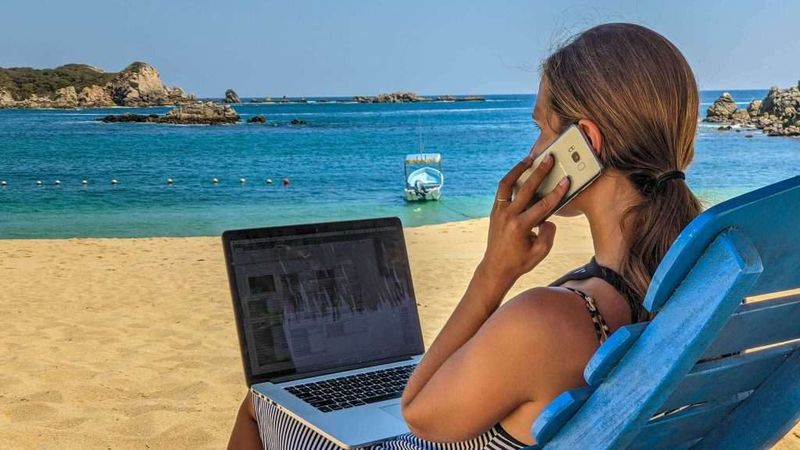
I’ve made location sharing via smartphone a non-negotiable safety practice when visiting Mexican beaches. Setting up real-time location sharing with trusted family members creates an important safety net when exploring unfamiliar areas.
Most phones now offer this feature natively, requiring minimal battery usage. If I encounter trouble or don’t check in at established times, my contacts know exactly where to direct authorities.
While exploring Sayulita’s outskirts, I lost cell service but my last known location remained visible to my family. This redundancy provides peace of mind that someone always knows where you are, even in areas where safety concerns have increased in recent years.
